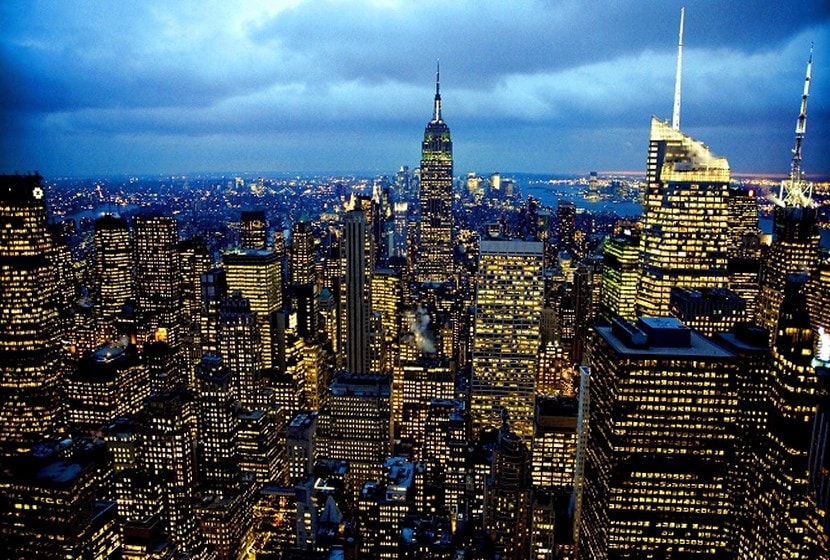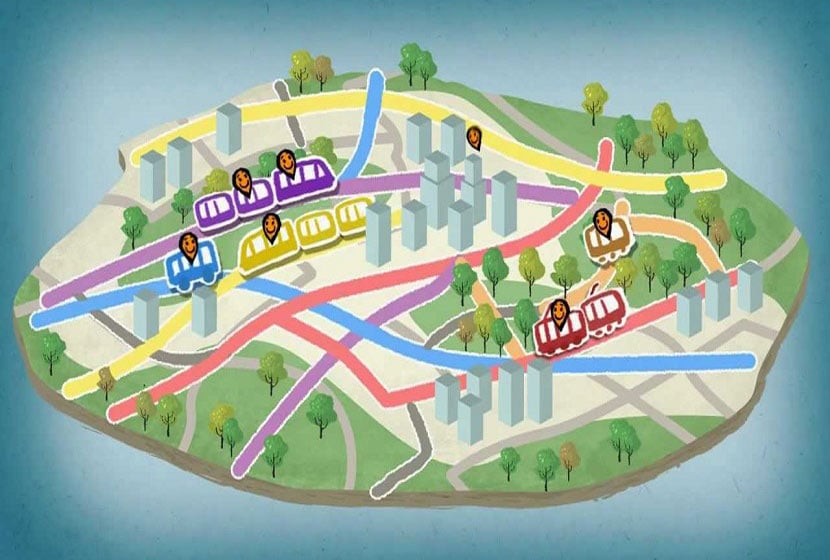Voici un article particulièrement intéressant de Pierre Barthélémy qui vient de paraître sur LeMonde.fr. UP’ vous propose de découvrir les effets d’une urbanisation mondiale galopante.
In 2011, the world's population has passed the 7 billion mark. And half of them lived in cities, a first in human history. The trend will not be reversed any time soon since the United Nations estimated last year that in 2030 we would be close to 5 billion urban dwellers (out of 8.3 billion people on Earth). This means that nearly 1.5 billion more people will have to be housed in cities in the next two decades. Geographers and environmentalists have taken up this gigantic challenge in a study published on 17 September by the Proceedings of the National Academy of Sciences (PNAS).
The researchers started from the premise that most models of urban growth operate at the city, regional or, less frequently, national level, but that, at the global level, there is little or nothing to assess how cities will grow and their impact on the environment. They therefore combined global mapping of urban areas, using an instrument installed on NASA satellites, with population or economic projections and biodiversity maps.
The results of this modeling are quite impressive, if we can figure out what the numbers really cover. In 2000, the world's urban coverage represented 0.5 % of the total land area. By 2030, with cities growing faster and faster, urban space is expected to have tripled in size and gained 1.2 million square kilometres. That is twice the surface area of metropolitan France. To put it another way, 1.2 million km2 gained in three decades, that's 110 km2 per day, which is about the size of Paris! With each passing day, the total amount of space gained by cities around the world is equal to the surface area occupied by the capital of France. It is quite incredible to think that two-thirds of the urban areas of 2030 did not exist at the beginning of the century.
Not surprisingly, the authors of the study estimate that almost half of this expansion will take place in Asia, with China and India accounting for the lion's share. For example, geographers believe that by 2030, China will have a 1,800 km long urbanized coastal strip between Hangzhou and Shenyang. But the fastest growth in urbanization is expected in Africa, with an increase of 590 % projected between 2000 and 2030, particularly in the following five regions: around the Nile in Egypt, the Gulf of Guinea, the northern shores of Lake Victoria, northern Nigeria - the continent's most populous country with a rapidly growing population - and the Addis Ababa region in Ethiopia.
By rapidly conquering new areas, cities will inevitably have several environmental impacts.
The most direct effect is deforestation, which already contributes significantly to the increase in CO2 emissions. Plants are in fact carbon sinks and removing them to build buildings or streets will be equivalent to releasing 50 million tonnes of carbon into the atmosphere each year. Biodiversity will also be affected because, as cities grow bigger, they are eating into the natural habitats of animals. Geographic modelling published in the PNAS shows that the gain in territory made by urban man will jeopardise the habitat of some 200 species of amphibians, mammals and birds already listed as endangered or critically endangered on the International Union for Conservation of Nature's Red List.
The authors point out that their study does not take into account what they call "indirect urbanisation", i.e. the impact that agglomerations have on their "hinterland": supply of wood, agricultural raw materials, water abstraction, burial of waste in rural areas, etc. The authors also point out that their study does not take into account what they call "indirect urbanisation", i.e. the impact that agglomerations have on their "hinterland": supply of wood, agricultural raw materials, water abstraction, burial of waste in rural areas, etc. The study does not take into account what they call "indirect urbanisation", i.e. the impact that agglomerations have on their "hinterland". For example, as urban dwellers consume more meat than rural dwellers, we can expect an increased demand for meat products, with all that this implies for animal feed, methane production by herds, manure treatment, etc. Urbanisation is therefore far from only weighing on the areas where the city is settling and further studies are needed to assess these cascade effects on a large scale.
In the meantime, the phenomenon of mass urbanization is accelerating. Hundreds of billions of dollars are invested every year in infrastructure works, whether for buildings, communication routes, water, gas, electricity or telecommunications networks. And when the concrete is poured or the tarmac is laid, it is for a long time. To mitigate the global impact of the 1.5 billion additional urban dwellers that will arrive between now and 2030, the signatories of the PNAS article suggest, among other things, that priority be given to densifying cities rather than spreading them out. For them, "compact development", in addition to preserving natural areas as much as possible, has the advantage of reducing energy losses. But those responsible for regional planning in each region or country must think about this quickly, because if they want to limit the impact of cities on the environment, the window of opportunity will be very short. They must also be willing to take action.
(Pierre Barthélémy (@PasseurSciences on Twitter) - Sept 23, 2012)
{Jacuzzi on}











